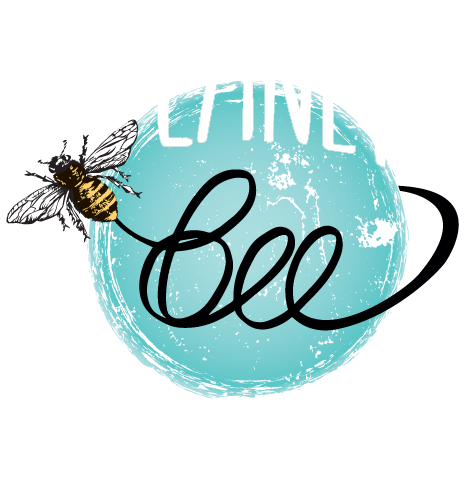
Seed Ball Stewardship Grant Kit

Grant OVERVIEW
Our Stewardship Grant Program equips schools with seed ball materials—featuring non-invasive seeds, clay, and soil—to create vital food sources for bees and other pollinators. Additionally, you'll gain access to our engaging Asynchronous and Synchronous STEM Lessons, designed to enrich student learning and inspire environmental stewardship.
What Are Seed Balls?
Seed balls are natural clay balls full of seeds and soil. They can be easily dispersed to grow plants without digging holes or till land!
Want to make a seed ball? Click here for instructions!
Seed Balls and Bees
Since urbanization and modern agricultural practices have decreased pollinator habitats, it is essential to bolster the nutritional landscape for bees and other pollinators. One way to do this is to take action by planting more food for our foraging friends! At Planet Bee, we make seed balls full of native wildflower seeds endemic to the area with our students and visitors at public events.
Seed Ball History and Impact
Making seed balls is an ancient agricultural technique that has regained popularity in modern times.
Masanobu Fukuoka was a Japanese philosopher and natural farmer born in 1913 and is the person often attributed with improving and popularizing this planting technique.
“Fukuoka believed that tillage over large areas is laborious, destructive to soil health, and ultimately unnecessary and thus a waste of time and energy. Thus, seed balls have become an important aspect of many natural farming and conservation enterprises worldwide.” Andrew Schreiber, Permaculture Research Institute
A Community-driven Success Story
In the early 1970s, New York City endured riots and watched neighborhoods decline to abandon, as apartment buildings fell down and empty lots took their place. Artist Liz Christy began tossing what she referred to as “seed green-aids” into vacant lots. She filled water balloons with seeds, soil, and water, and threw them over fences, watching the contents scatter as the balloons burst on the ground. This practice is the definition of “guerrilla gardening” and was a first step in revitalizing the city by converting lots into gardens. By the 1980s, NYC was home to 800 community gardens!
INTERESTED IN SPONSORING THIS PROGRAM? PLEASE EMAIL US AT PARTNERS@PLANETBEE.ORG
Grant Eligibility
We welcome applications from schools, nonprofits, and community organizations of all kinds!
Grant Timeline
This is a rolling grant opportunity is closed for the 2024-2025 school year. Check back in the fall of 2025 for updates on this grant opening! You can also sign up for our newsletter and be the first to hear about the Seed Ball Stewardship Grant Kit grant opening!
FUND THIS GRANT
Help students grow a greener future! Planet Bee Foundation’s Seed Ball Stewardship Grant provides environmental STEM lessons and Seed Ball Kits to schools and community groups across the country.
Your donation goes directly to this program—empowering young stewards to plant for pollinators, restore habitat, and learn hands-on environmental science. Every gift supports a child’s journey into conservation and inspires real change. Let's grow something amazing together!
At checkout, simply mention in the comments that you'd like your donation to support the Seed Ball Program.
🌱 $25 – Plant the Possibility
Helps provide native North American regionally appropriate, non-invasive, non-GMO seeds to inspire students to begin their conservation journey.
🌼 $50 – Support STEM Learning in the Classroom
Delivers a full set of engaging environmental STEM lessons, empowering one classroom to take hands-on action for the planet.
🌻 $100 – Seed Ball Stewardship Kit for a Classroom
Equips an entire class with a complete seed ball kit—featuring non-invasive seeds, clay, and soil—to create essential food for bees and pollinators.
🌿 $250 – Seed Ball Stewardship Kits for a Grade Level
Provides seed ball materials for an entire grade level, supporting large-scale pollinator habitat creation across classrooms.
🏫 $500 – Empower a Whole School!
Brings seed ball kits and eco-STEM curriculum to every student on campus, planting the seeds of environmental stewardship school-wide.
